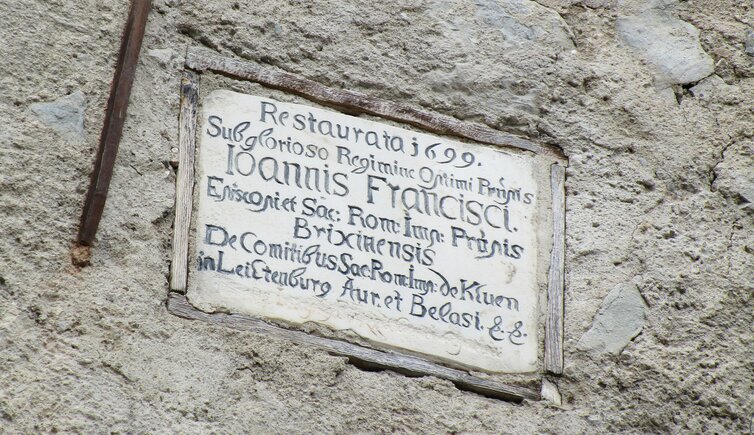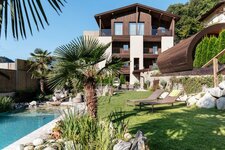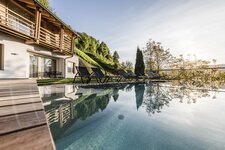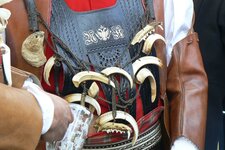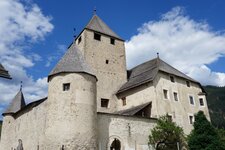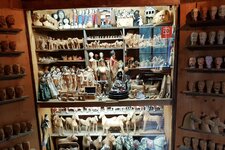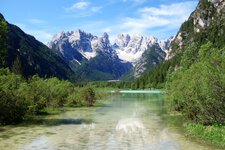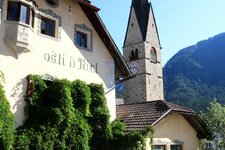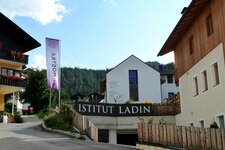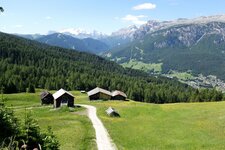The history of the Ladin-speaking valleys dates back to the period of Roman settling in the Alpine divide
The history of Ladinia is inseparably linked with the history of its language: The Roman commander Drusus conquered the Alpine region in 15 BC. Out of the mixture of the Rhaetian and Roman culture, the Ladin evolved. The language itself is believed to have become established in the first centuries AD, while the Italian language, for instance, has developed only several centuries later. In the following centuries, the Ladin language used to be the most widely spread in the Alps - the area stretched from the Danube in the north to Lake Garda in the south, from the Gotthard Pass in the west to Trieste in the east. When in the 6th century AD, in the times of the Migration Period, the Bajuwars entered the territory from the north and the Langobards from the south, the Ladin-speaking area was restricted. Soon after, the connection between the Ladin-speaking Dolomite valleys and the Rhaeto-Romanesque area in the west was interrupted.
Only some remote valleys in Italy and Switzerland have been able to preserve their language: the Val Gardena, Val Badia, Val di Fassa, Valle d'Ampezzo valleys and Livinallongo - all of them in the Dolomites - as well as the Italian Region of Friuli and the Swiss Canton of Grisons. After the end of WWI and the annexation of South Tyrol to Italy, also the Ladin-speaking areas of Val Badia and Val Gardena passed from the Austro-Hungarian Empire to the Monarchy of Italy.
In those days, Ladin was considered a kind of Italian dialect, whereas nowadays it is defined as a Rhaeto-Romance language. Only on the basis of the 2nd Autonomy Statute for South Tyrol in 1972, the Ladin-speaking population has obtained the rights for minorities: Ladin is now the third official language in South Tyrol, and is approved in Italy as a minority language. In the Val Badia valley, there is the Ladin Cultural Institute "Micurà de Rü", which is aimed at preserving and promoting the Ladin language and culture, whereas the Museum Ladin Ćiastel de Tor in San Martino in Badia is completely dedicated to the history of the Ladin population as well as to their language.
